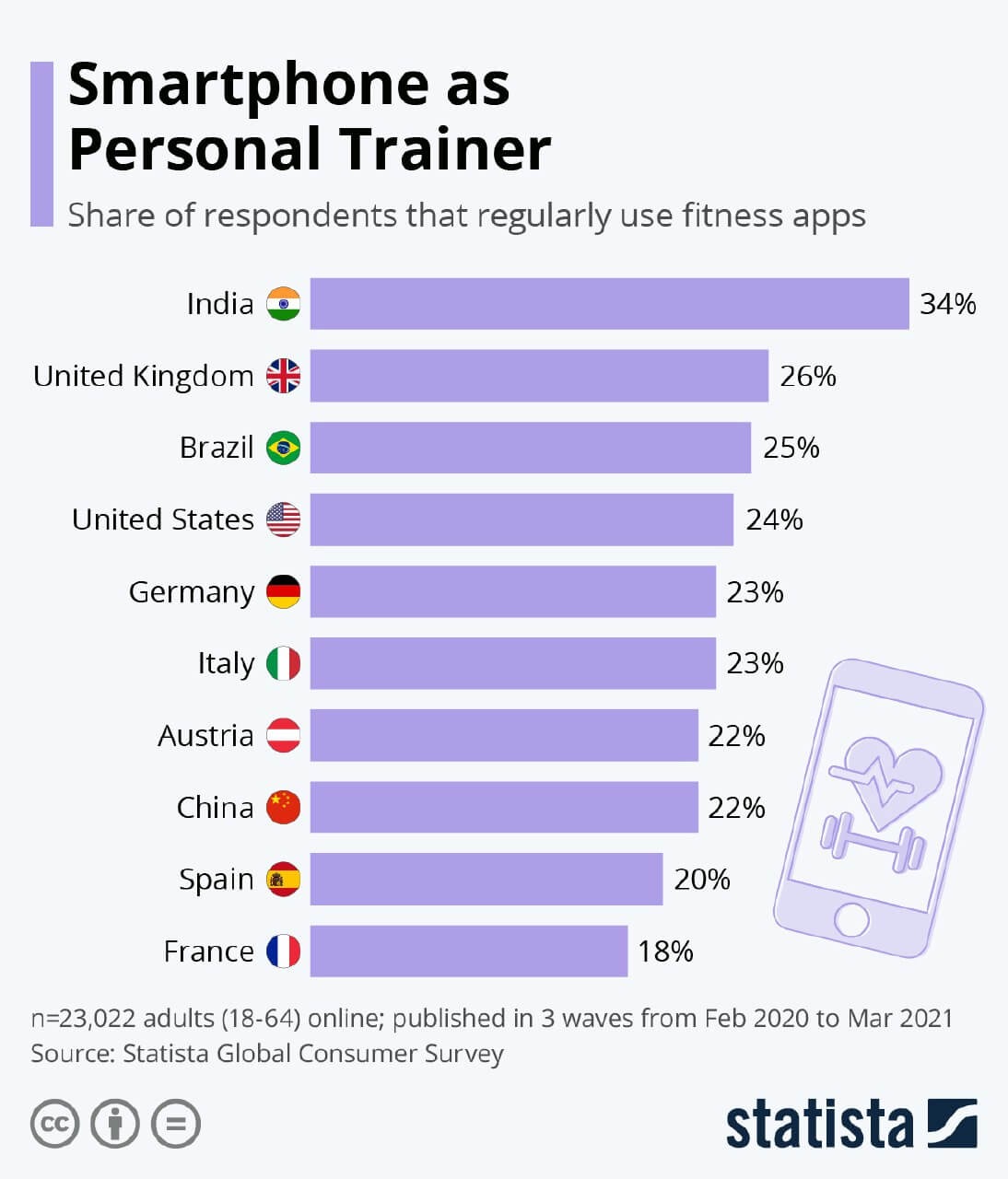With strong independent research and development of core technology, Han's Robot can meet the diversified and individualized needs of customers from different application fields. Using leading robotics technology, it's constantly exploring the breadth and depth of service to humanity. Adhering to the mission statement of "Serve Humanity With Robot Technology", Han's Robot continues to move towards becoming a global leader in the era of intelligent robots.
As automation and artificial intelligence continue advancing, many jobs once done by humans are now being performed by robots and other technologies. One company at the forefront of this job displacement trend is Shenzhen Han’s Robot Co., Ltd., a Chinese firm developing incredibly capable robots taking over tasks in factories and warehouses worldwide.
Han’s Robot, as the company is known, manufactures several models of collaborative robots, or “cobots,†which work alongside humans in industrial settings. Unlike previous generations of industrial robots separated from people by safety cages, these cobots can operate in close proximity to workers, assisting them with repetitive and dangerous jobs.
According to Han’s Robot’s website, its cobots are currently used for welding, grinding, spraying, picking, assembly, palletizing, machine tending, and other applications in over 100 countries. Essentially, the bots are assuming many manual factory and warehouse jobs previously requiring human strength, precision, and endurance.
For example, Han’s cobots can lift and manipulate heavy payloads on assembly lines that might lead to injuries if done manually every day. Their advanced sensors and control systems also enable more precise, consistent welds in auto plants than possible with unaided human welders. Han’s even offers cobots purpose-built for explosively dangerous settings where no sane company would want to risk workers’ safety.
As capable as Han’s robots seem today, rapid improvements in artificial intelligence and machine learning will likely make them even better suited for an expanding array of jobs in the coming years. Like other leading cobot makers, Han’s is researching how to make its robots smarter, safer, and more adaptable to unknown situations by analyzing data from sensors mapping their environment in real time.
The net result of Han’s efforts could be cobots so competent and affordable that manual factory work becomes obsolete. Though such an outcome might boost manufacturing consistency and companies’ profit margins, it raises concerning questions about the job prospects of displaced human workers. With vision systems, dexterous manipulators, and AI algorithms improving fast, is any routine physical job truly safe from automation? Can societies adapt quickly enough to huge numbers of people losing their livelihoods to tireless silicon successors?
Han’s executives would likely counter that their cobots are meant to assist humans and make jobs easier rather than replace them entirely. Augmenting workers with robotic strength, precision and analytics makes them more productive and valuable. But labor advocates argue such claims merely delay robots’ inevitable takeover. Once machines cross some key thresholds of capability and cost, replacing fallible humans entirely will make financial sense for most companies.
Opinions differ on whether emerging technologies like Han’s collaborative robots should be celebrated or feared. But one thing seems certain – the robots are here to take jobs, and clever companies like Han’s intend to keep perfecting them until the last bolt on the last assembly line is tightened autonomously. Their rise seems the inevitable result of capitalist dynamics, but societies must grapple with the potentially traumatic consequences for human employment.


















